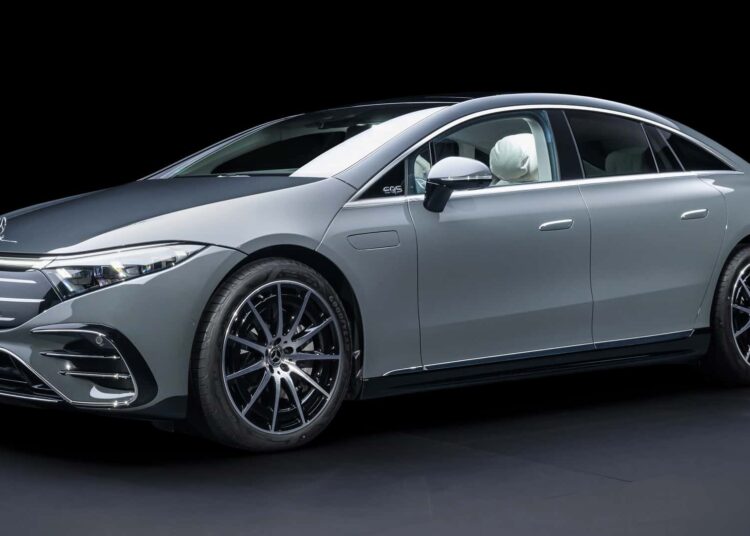Mercedes will take a page from BMW’s book by unifying its design language between combustion-engine cars and EVs. In what is possibly the best news you’ll hear all week, future models with the three-pointed star will adopt a “coherent design language” across the whole portfolio. The world’s second-largest luxury brand pledges there won’t be any compromises resulting from this new approach:
“BEV and electrified high-tech ICE models will exploit their respective strengths, without sacrificing space, elegance, convenience or efficiency.”
We saw this coming when Mercedes introduced the CLA electric concept and promised there would be versions with combustion engines. Several gas and electric models already look largely the same—the GLA/EQA and GLB/EQB twins. The two crossovers share the same platform, much like the new electric G-Class is heavily related to the gasoline off-roader. Today’s announcement suggests closer ties between ICE and EV models from the bottom to the top of the lineup.
Mercedes hopes that its new styling direction, ideally moving away from the super low-drag, pebble-like styling, will reverse the decline in EV demand. Last year, the company’s deliveries of zero-emission vehicles fell 23% to 185,100 units. That’s still more than Audi, which suffered an 8% drop to 164,000 cars without a combustion engine. But BMW (without Mini) outsold its two German rivals combined, shipping 368,523 EVs, or 11.6% more than the year before.
Last year, Mercedes announced plans for a purely electric version of the next-generation S-Class, which will arrive near the decade’s end. Meanwhile, the current fullsize posh sedan will receive a “major update” in 2026. Additionally, the CLA we mentioned earlier will be joined by a wagon, a baby G-Class, and replacements for the EQA and EQB. These compact cars will all likely be offered with a mix of engines and electric motors. C-Class and GLC EVs are coming within the next couple of years.
The luxury brand headquartered in Stuttgart aims to launch “dozens of new or refreshed models” by 2027, including a “string of EVs.”
Read the full article here



























Discussion about this post